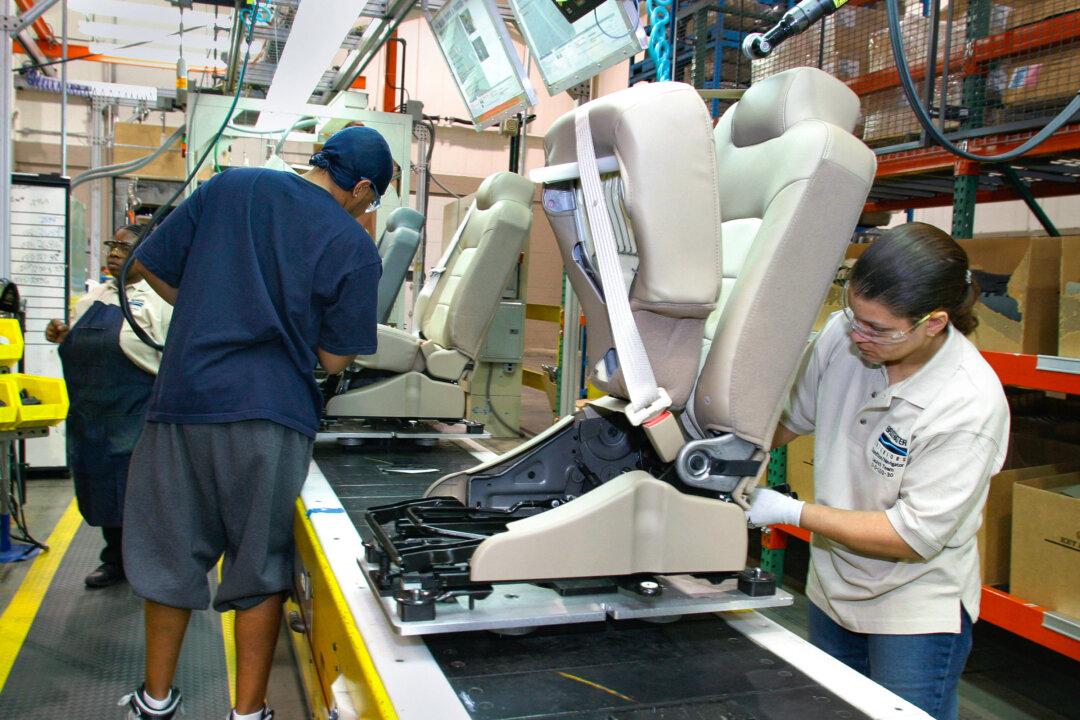Interior vehicular air is found to be contaminated with harmful chemicals linked to cancer and IQ decline among children, according to a new U.S.-based study.
The peer-reviewed study, published in ACS Publications on May 7, investigated the use of flame retardants (FR) inside vehicles and their health implications on people. Flame retardants are chemicals applied to materials like vehicle seat foams to prevent burning or slow the spread of fire. The use of flame retardants inside vehicles is mandatory under the U.S. National Highway Traffic Safety Administration’s (NHTSA) guidelines. In the study, researchers analyzed 101 vehicles manufactured between 2015 and 2022.





